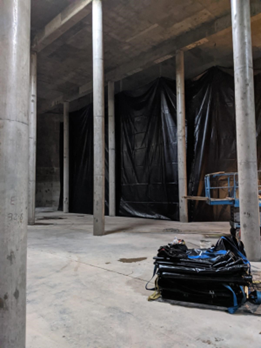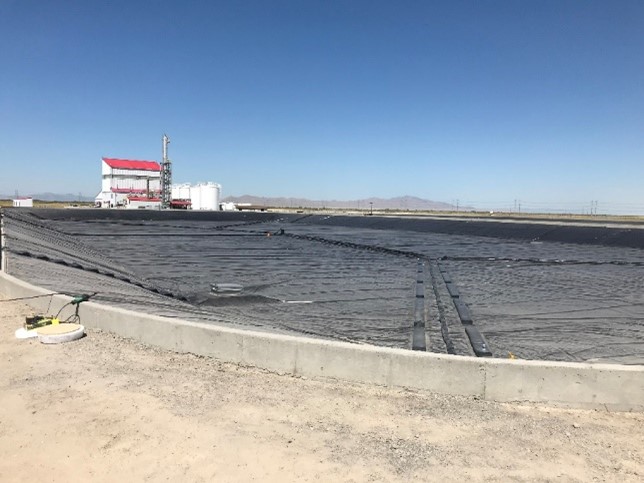The term “weathering” on first glance appears to be straightforward. Most in the geomembrane industry consider it to narrowly describe sunlight or UV resistance only. In fact, testing and property specifications are often only from a sunlight exposure standpoint. But the effects of changing temperatures, precipitation, wind, etc. can be factors of destruction for geomembranes.
Felon Wilson
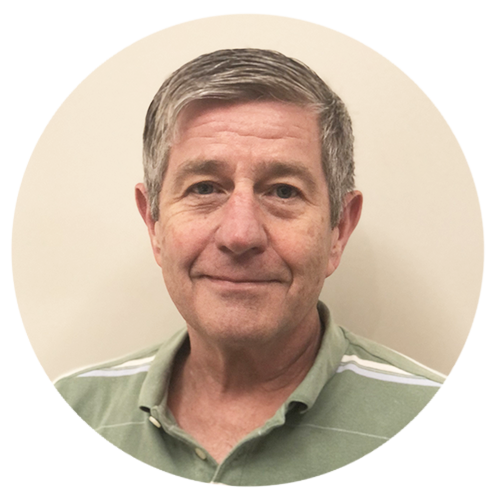
Recent Posts
Series: Efficient Reclaimed Water Storage Using Geomembranes
Part 2: 4 Key Factors in Selecting Reinforced Ethylene CoPolymer Geomembranes for Reuse Impoundment Applications
Series: Efficient Reclaimed Water Storage Using Geomembranes
Part 1: Water Reuse in the U.S.: Top Opportunities and Challenges
For several years, the U.S. Congress has considered legislation encouraging the use of innovative construction materials. A specific bill termed “Innovative Materials in American Growth and Infrastructure Newly Expanded” or called “IMAGINE,” was first introduced in 2018. It was again introduced in 2021 as a result of the increased infrastructure expenditures anticipated for the Infrastructure Investment and Jobs Act (IIJA), also in 2021. While the bill has not been previously approved and enacted, it was reintroduced in November 2023. As a summary, IMAGINE has these principal goals:
Top 5 Essential Considerations for Selecting the Right Geomembrane for Your Disinfection System
Post 2: How are Geomembranes Used in Disinfection Processes and How to Select the Right One?
Top 5 Essential Considerations for Selecting the Right Geomembrane for Your Disinfection System
Part 1: What are the Most Common Disinfection Methods?
For the most part, all geomembranes have a similar broad function: A fluid barrier. When comparing, the confusion lies in the fact that they are manufactured by different methods and constructed differently, which result in varying properties to accomplish the broad fluid barrier function. Plus, the definition of “fluid barrier” is subjective depending on a host of site, application, fluid composition and regulatory factors. Key geomembrane properties are required to support the overall function.
Navigating Unexpected Contaminants with Your Geomembrane System
Part 3: Examples of Geomembranes Encountering Unexpected Contaminants
Navigating Unexpected Contaminants with Your Geomembrane System
Part 2: Essential Evaluations for When Your Geomembrane System Encounters Unexpected Containments

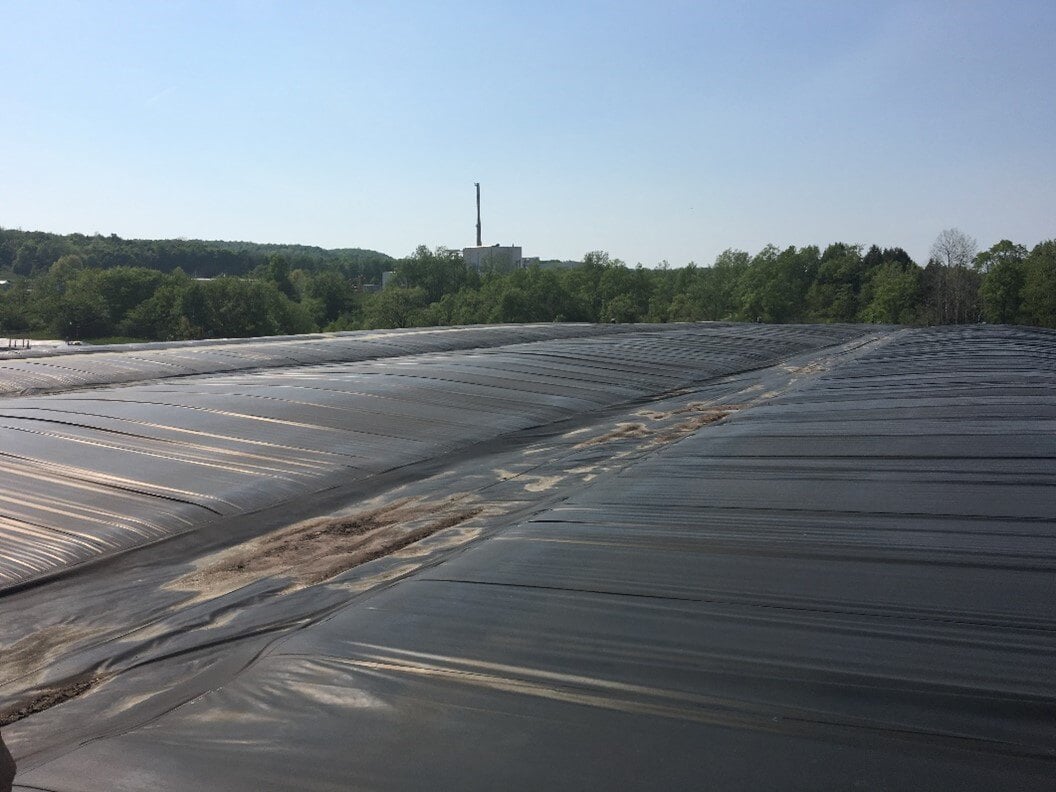
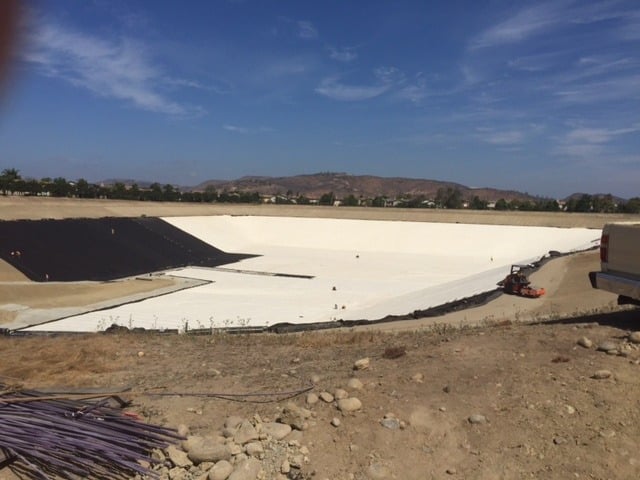

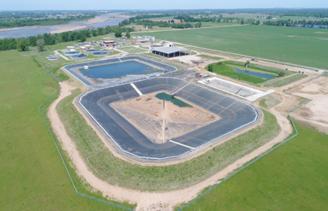
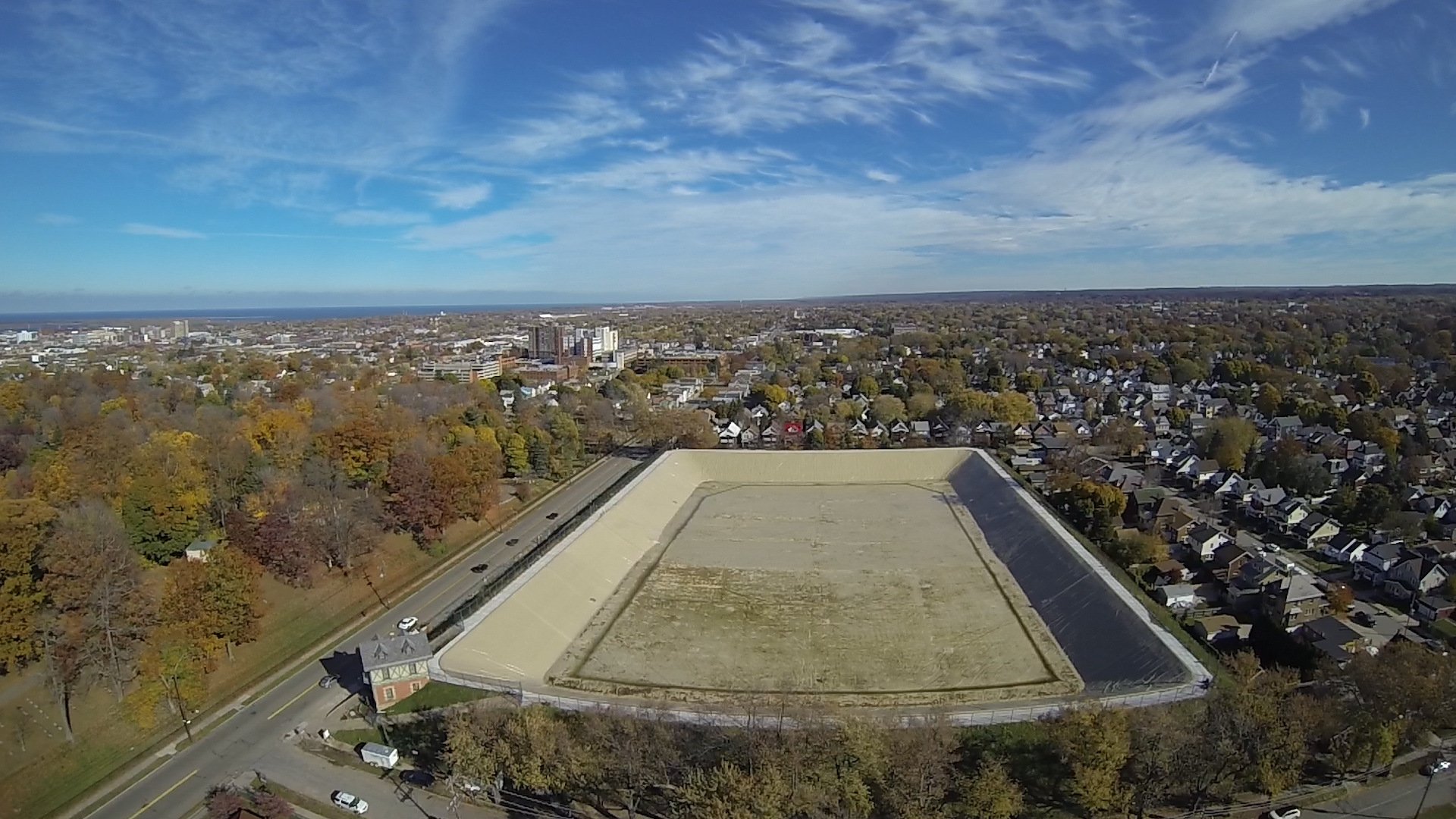
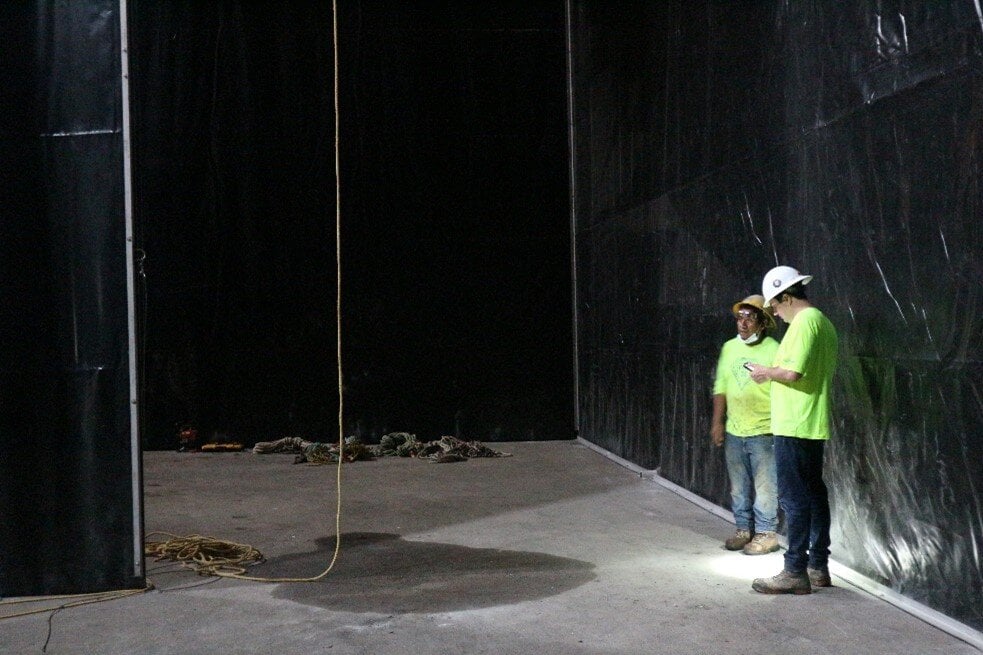
.jpg)
